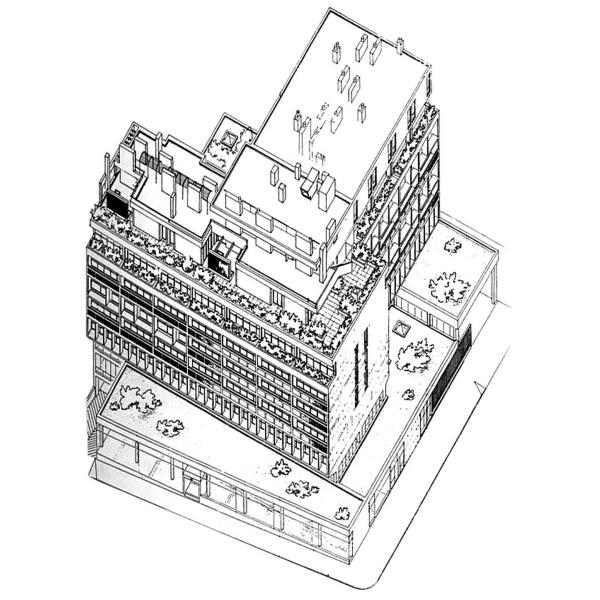The twentieth century, especially in its second part, is the period when we built the most. After the modern Movement, the Glorious Thirty, a period of post-war growth, opened the field of experimentation even further. New architectural and urban concepts were born in these decades of industrialization of the building and of the policy of the "clean slate", where modernity prevailed everything on its passage.
Accompanying the transition from a rural to an urban France, the city's thinkers have developed projects that deserve to be revisited today, even to be "saved", as this heritage can sometimes be endangered. In the 21st century, the Cité de l'architecture aims to situate this heritage not only in its own history, but in the history of the present, by making sensitive the ways in which architecture evolves, embraces the challenges of its century, transforms cities, and gives shape and aesthetics to the aspirations of societies.
So many approaches declined in the form of conferences, seminars, debates...

